When shopping for shoes, whether online or in-store, one of the most common frustrations for consumers is the inconsistency in sizing. You might find that your usual size in one brand fits perfectly, while in another brand, you end up with shoes that are too tight or too loose.
We will delve into the reasons behind the inconsistencies in shoe sizing across different brands, how size charts are created, and what you can do to ensure the best fit for your feet.
Looking for the perfect fit? Check Out These Best-Selling Shoe.

1. The Complexity of Shoe Sizing Systems
Shoe sizing is far from a universal system. In fact, there are different standards and methods of sizing shoes depending on the region or country. For example, there are U.S. sizes, UK sizes, European sizes, and even Japanese sizes. Each of these systems has its own measurements and conventions, which can lead to confusion when you’re shopping internationally or switching between brands.
- U.S. Size: The U.S. uses a measurement system based on length and width, where the size number corresponds to the length of your foot, and the width is indicated by a letter (such as B, D, or EE).
- UK Size: The UK system uses a different length measurement and typically runs a bit smaller than U.S. sizes. For example, a U.S. size 8 might translate to a UK size 7.
- European Size: European sizes are based on the length of the foot in centimeters. This method is more consistent across countries, but it can still differ between manufacturers.
Each of these sizing systems is calculated differently, meaning a size 8 in the U.S. may not match a size 8 in the UK, or even in Europe.
2. Differences in Brand Sizing Conventions
Even within the same region, shoe brands tend to interpret sizing standards differently. What fits perfectly in one brand might feel tight or too loose in another, even if they are using the same region-specific sizing system. There are several reasons for this:
- Footwear Construction: Different brands use different materials and constructions for their shoes. For instance, a brand that uses more rigid materials might create shoes that feel smaller, while a brand with more flexible materials might produce shoes that feel more spacious.
- Target Audience: Brands also design shoes with different demographics in mind. A brand catering to a more fashion-forward audience might design shoes with a narrower fit to create a sleeker profile, whereas a brand focusing on comfort might design shoes with a more generous width to ensure the wearer’s comfort.
- Manufacturing Process: The design, development, and production processes can vary from brand to brand. A brand that produces its shoes in one country may have different standards or quality control than another brand. This variance in production standards can lead to slight differences in sizing.
- Design Philosophy: Some brands may prioritize aesthetics, with shoe shapes that are more stylized or trendy but not necessarily designed to follow standard sizing conventions. Others may put more emphasis on comfort and practicality, making their sizing more generous and accommodating.
3. The Role of Lasts in Shoe Sizing
A last is the mold around which shoes are shaped during the manufacturing process. Lasts are created in different shapes, sizes, and dimensions based on the design and intended fit of the shoe. The way a brand’s last is constructed plays a significant role in determining how a shoe fits.
For example, a brand that uses a “slim” or “pointed” last may create shoes that feel tighter or narrower, while a brand using a “round” last may produce shoes with a roomier fit. This is a major reason why your shoe size might vary between brands. The last used by one manufacturer may not match the shape of your foot the same way as another brand’s last.
Read More: How to Tell if Your Shoes Are Too Big or Too Small
4. Cultural and Regional Influences
The region or culture where a shoe brand originates can also influence how their shoes fit. In many countries, foot shape and shoe fitting traditions can vary. For example, in some Asian cultures, feet are typically narrower, and shoes are often designed to accommodate this. In contrast, Western footwear tends to be broader, with roomier toe boxes and a more universal design intended to fit a wide variety of feet.
Additionally, brands based in different regions may cater to specific needs of their market. This regional bias can lead to differences in sizing, and sometimes shoes made for one country’s market may not fit well in another country due to cultural preferences and foot shape variations.
Looking for the perfect fit? Check out these Best-Selling Shoe.
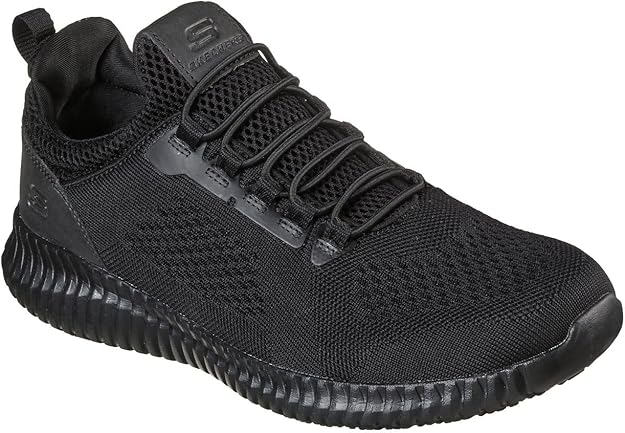
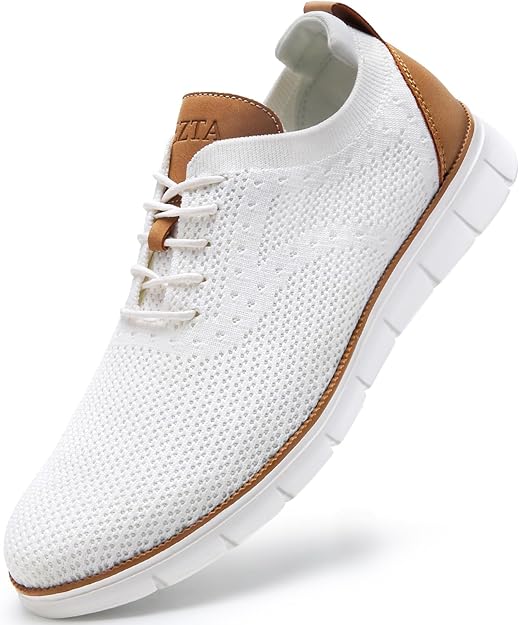
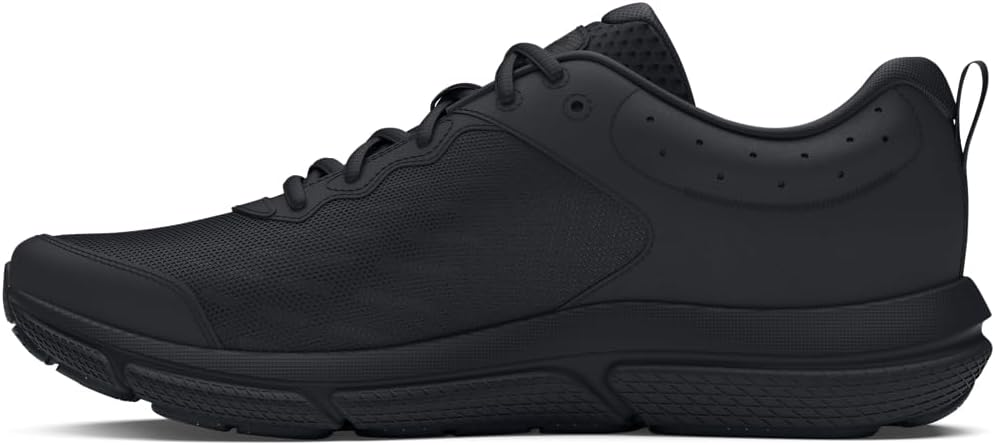
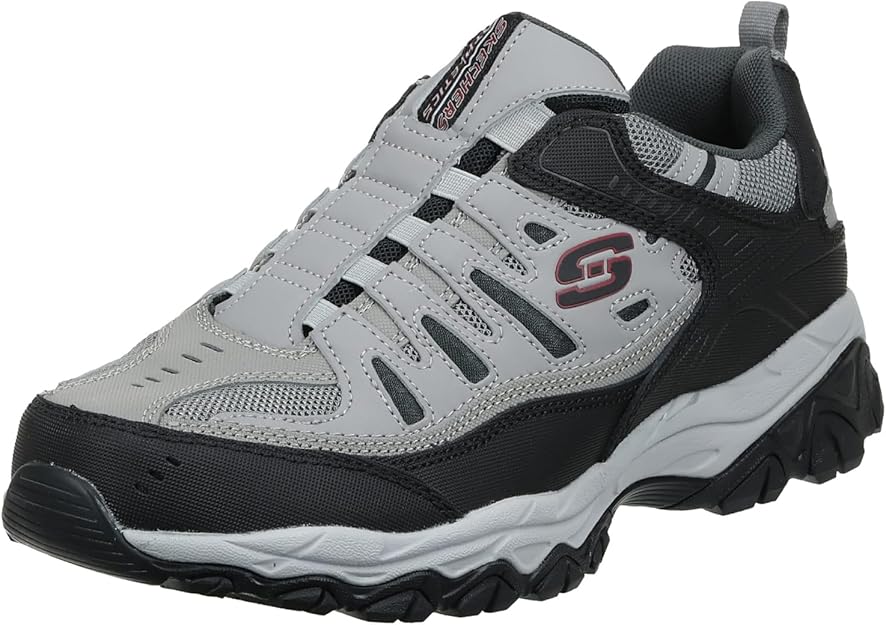
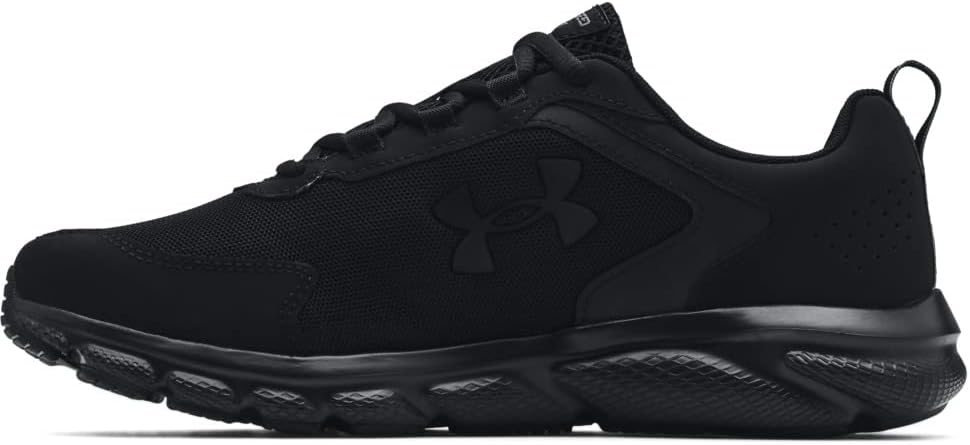
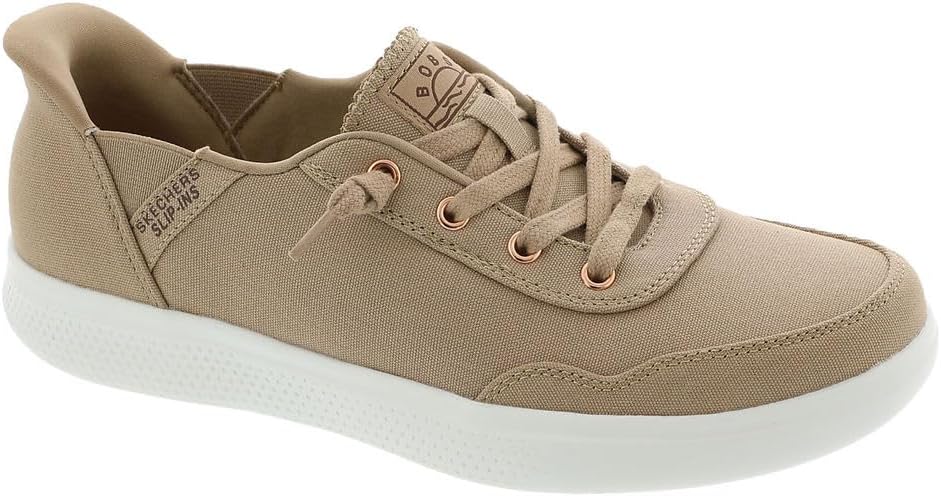
5. The Influence of Sizing Ranges
Shoe brands also offer varying ranges of sizes, which can affect how sizing is perceived. Some brands offer extended sizes, while others might only provide standard or narrow sizes. This inconsistency can make it harder for consumers to find the right fit when transitioning from one brand to another. For example:
- Narrow and Wide Sizes: Some brands offer shoes in narrow (N), medium (M), and wide (W) widths, while others only offer standard sizing without width options. A shoe that’s marked as a “D” in one brand might be the equivalent of a “regular” fit in another.
- Half Sizes: Some brands may not offer half sizes, while others do. The absence of half sizes can mean that customers need to decide whether to size up or down, both of which can result in discomfort if the sizing is inconsistent.
6. How Shoe Sizing Affects Comfort
When shoe sizing is inconsistent, it directly affects comfort, and comfort is one of the most important aspects of footwear. Shoes that are too small may cause blisters, bunions, or other foot problems, while shoes that are too large can lead to instability, causing discomfort during walking or running.
It’s essential to understand that shoe sizing is not just about the number stamped on the label. The width, shape, and material used in the shoe all contribute to how comfortable a pair of shoes will be. If you’re buying a pair of shoes from a brand you haven’t tried before, it’s important to consider the fit and feel rather than just relying on the size.
7. What You Can Do to Ensure a Better Fit
Here are a few tips to help you navigate inconsistent shoe sizing and find shoes that fit comfortably:
- Know Your Foot Measurements: Measure both the length and width of your feet before purchasing shoes. This will give you a baseline measurement to compare against brand size charts.
- Consult Brand-Specific Size Charts: Always refer to the size chart provided by the shoe manufacturer, as sizing may differ between brands. If you’re unsure, contact customer service for clarification.
- Read Customer Reviews: Many online retailers allow customers to leave reviews, and some reviews may mention whether the shoes run big or small compared to other brands.
- Try Shoes On If Possible: When shopping in-store, try shoes on before purchasing them. If you’re shopping online, check the store’s return policy to ensure you can exchange shoes that don’t fit.
- Consider Footbeds and Insoles: Sometimes, the issue with a poor fit can be solved by adding an insole or adjusting the footbed. This can help accommodate a shoe that’s slightly too big or too small.
- Pay Attention to Brand Fit Guides: Some brands offer detailed fit guides to help you determine which size will work best based on your measurements. These guides often take into account factors like arch support, toe box width, and overall fit.
- Look for Brands That Offer Different Widths: If you have particularly wide or narrow feet, look for brands that offer shoes in various widths, as these can help you get a more customized fit.
Frequently Asked Questions
1. Why do shoe sizes differ so much between brands?
Shoe sizes vary between brands because each brand uses different lasts, sizing standards, and construction techniques. Additionally, some brands cater to specific target audiences or markets, which influences how they design their shoes.
2. How can I tell if a shoe brand runs big or small?
Reading customer reviews, checking the brand’s size chart, and paying attention to return policies can give you clues about how a particular brand fits. If you’re unsure, you can also contact customer service for advice.
3. Do shoes from different countries fit differently?
Yes, shoes from different countries often follow different sizing standards. For example, a size 8 in the U.S. might be different from a size 8 in the UK or Europe.
4. Can I trust shoe size charts online?
Shoe size charts are generally reliable, but since sizing can vary between brands, it’s always a good idea to double-check with customer reviews and try shoes on if possible.
5. What should I do if the shoes I ordered don’t fit?
Check the store’s return or exchange policy. Most online retailers allow you to return shoes if they don’t fit, so you can exchange them for a different size or brand.
6. Why don’t all brands offer half sizes?
Not all brands offer half sizes, as it depends on their sizing system and target market. Some brands may also find that offering whole sizes only simplifies their production process.
7. How do I know if I need a wider or narrower shoe?
If you feel cramped in the toe box or your shoes are too tight, you may need a wider shoe. Conversely, if your shoes slip off your feet or feel too loose, a narrower shoe might be necessary.
Conclusion
The variations in shoe sizing across different brands can be attributed to several factors, including regional sizing systems, different last shapes, construction methods, and design philosophies. While these inconsistencies can be frustrating, understanding the underlying reasons can help you make more informed choices when shopping for shoes. By following some simple tips like consulting size charts, reading reviews, and measuring your feet, you can find the best fitting shoes for your needs, regardless of brand.
Suggest Tools





